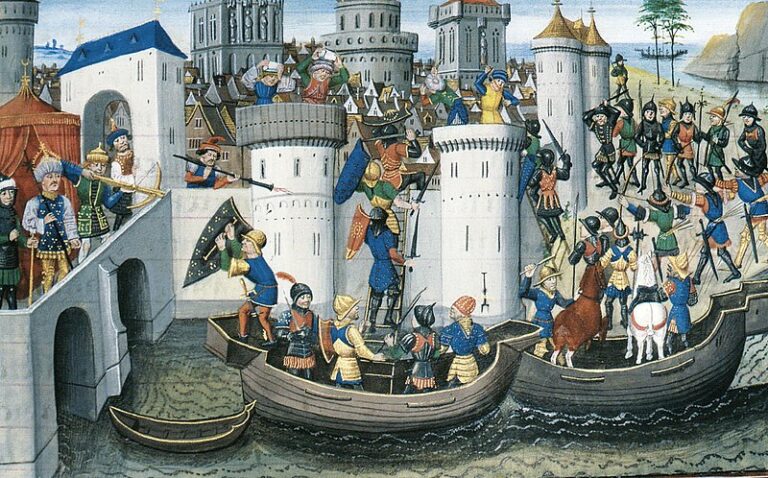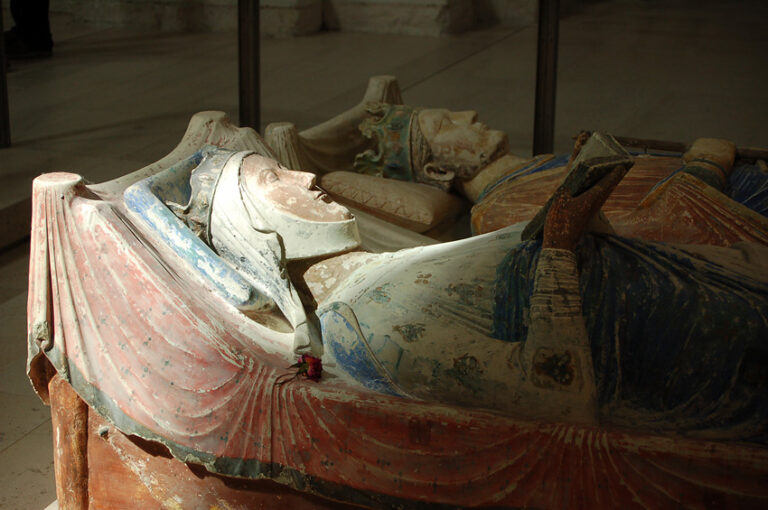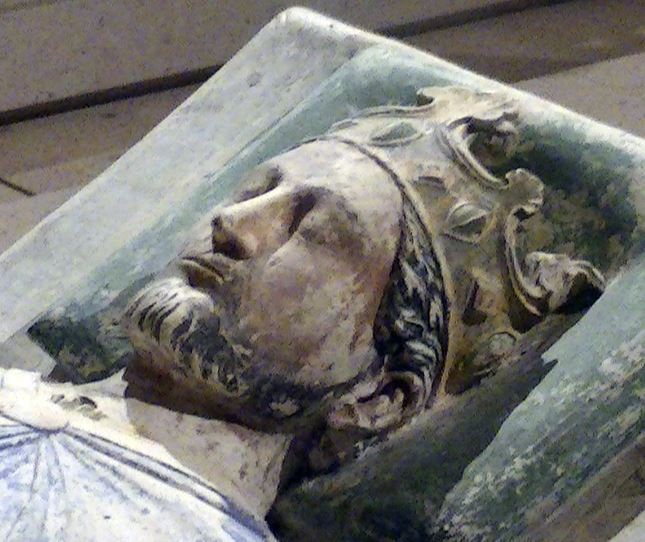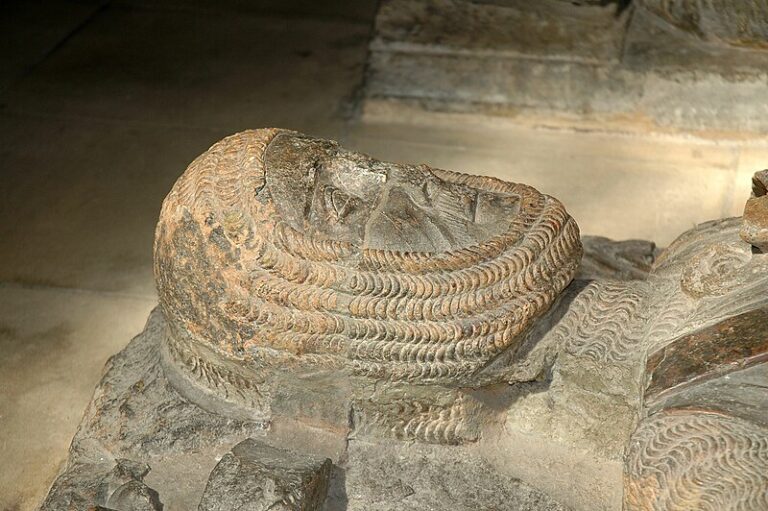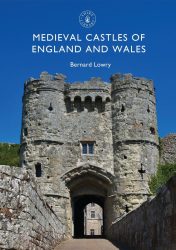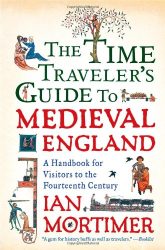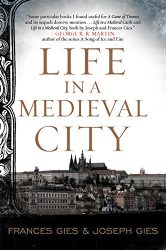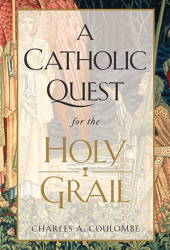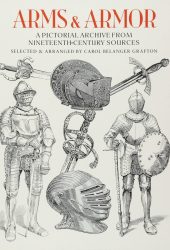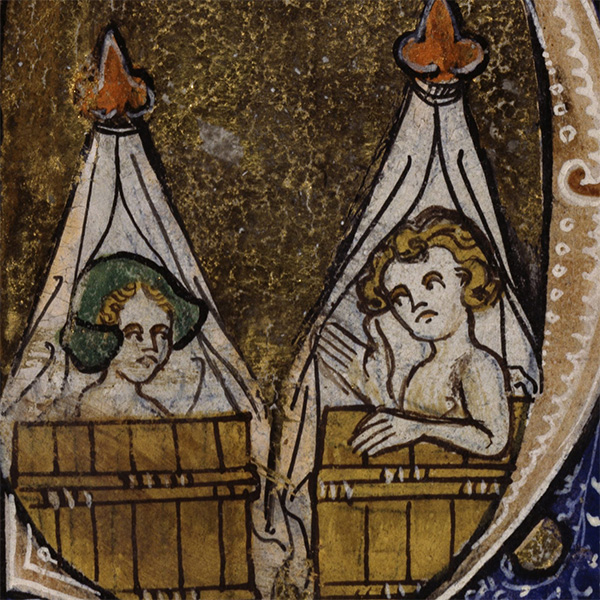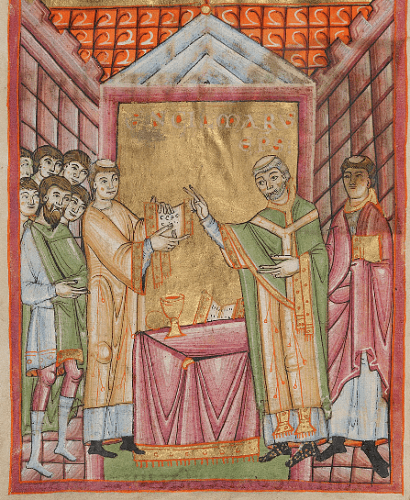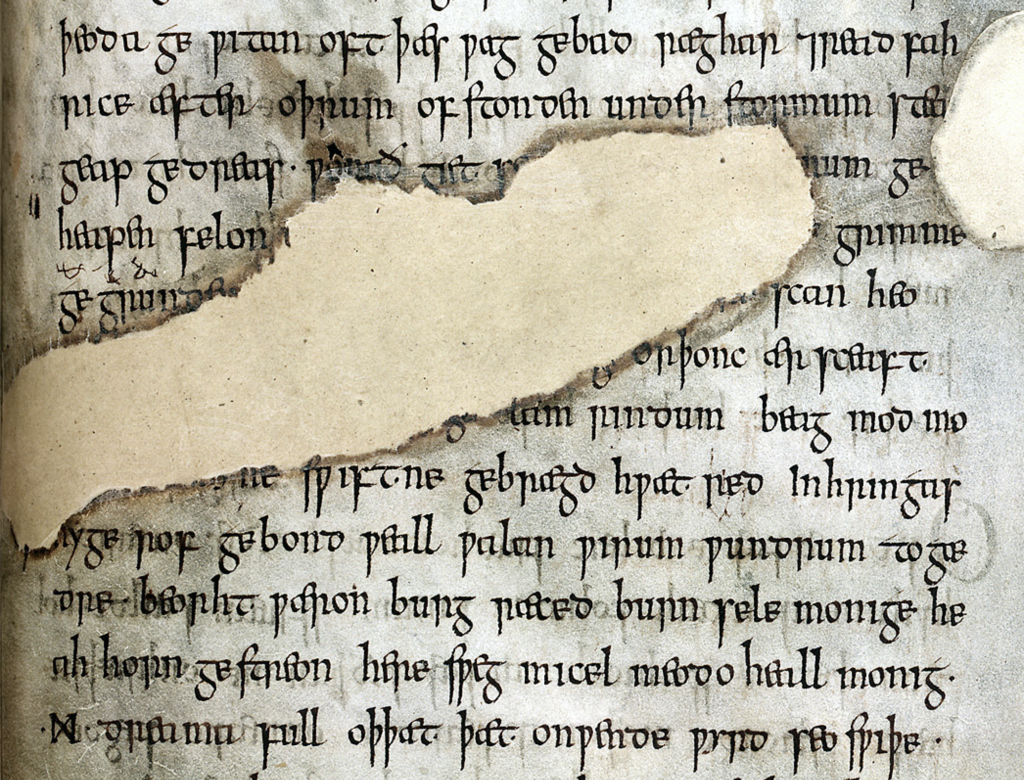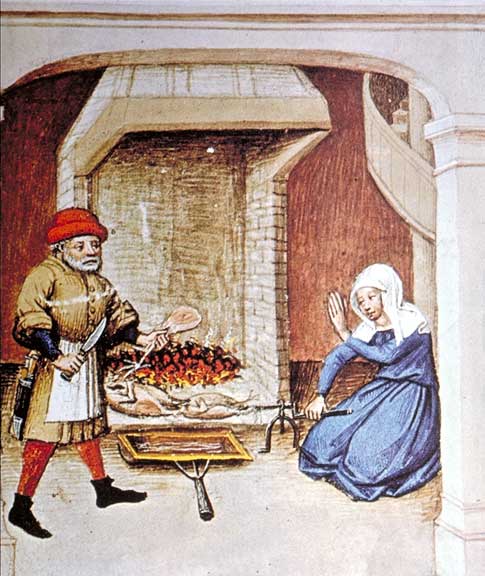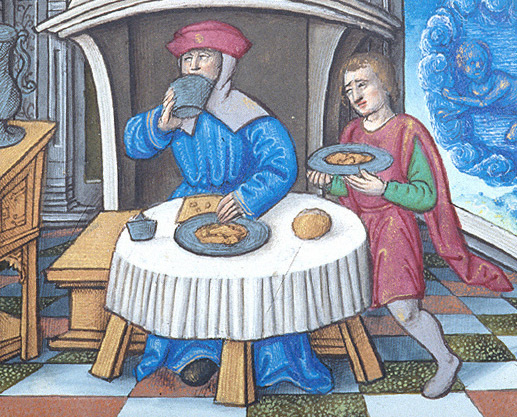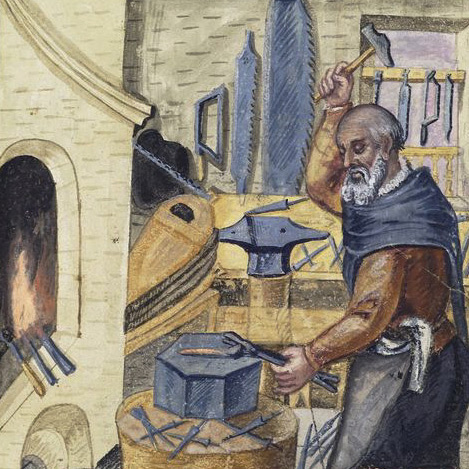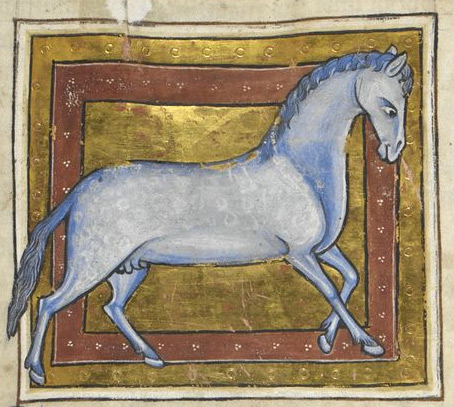The Crusades were launched with the primary goal of reclaiming the Holy Land, particularly Jerusalem, from Muslim control. English knights, deeply influenced by the fervent religious atmosphere of the time, felt a strong sense of duty to defend Christianity and reclaim sacred sites.
Participation in the Crusades was often seen as a means of atoning for sins and earning spiritual merit. Knights believed that by fighting in the holy wars, they could secure forgiveness for past transgressions and ensure salvation for themselves and their families.
Engaging in Crusades also offered knights the opportunity to demonstrate their valour, prowess in battle, and loyalty to their faith and king. Successful participation in the Crusades could enhance a knight’s reputation, prestige, and social standing within medieval society. And, of course, there were potential economic benefits associated with participating in Crusades, too.
So, let’s explore the different motivations English knights had to join these epic adventures and it really meant to embark on one of these grand quests.
What Were The Crusades?
The Crusades were a series of religious wars sanctioned by the Latin Church in the medieval period. Initiated in the late 11th century, their purpose was to regain control of the Holy Land, particularly Jerusalem, which was under Muslim rule. These military campaigns spanned several centuries and involved various European powers, knights, and religious orders.
The Crusades were characterized by a complex mix of religious fervor, political ambition, and economic interests. They were fueled by the desire to defend Christianity, reclaim sacred sites, and expand Western influence in the East. The Crusaders, primarily Christian knights and soldiers, undertook long and arduous journeys to the Holy Land, facing formidable challenges along the way.
Over the course of the Crusades, there were multiple campaigns, battles, and sieges, with varying degrees of success and failure. While some Crusades achieved their objectives temporarily, others ended in defeat or stalemate.
Despite their religious underpinnings, though, the Crusades were marked by violence, bloodshed, and atrocities committed against both Muslims and Jews. They left a legacy of religious intolerance, sectarian strife, and mistrust that continues to influence relations between the East and the West to this day.
Why Did Medieval Knights Go On Crusades?
English knights, like many others during the Crusades, were motivated by a combination of religious fervour, a sense of duty, a desire for adventure, and the promise of potential rewards. Some of the key reasons English knights went on Crusades include:
Religious fervour: Many medieval knights were motivated by a deep sense of religious duty to defend Christianity and reclaim holy sites in the Holy Land from Muslim control.
Spiritual redemption: Participation in the Crusades offered knights the opportunity to seek forgiveness for their sins and earn spiritual merit by fighting in service of God and the Church.
Honour and glory: Knights sought to enhance their reputation and social status by participating in the Crusades, viewing it as an opportunity to demonstrate their courage, valor, and loyalty to their faith and king.
Economic incentives: Knights were attracted by the potential for acquiring wealth, land, and other spoils of war through conquest, plunder, or land grants offered as rewards for their service in the Crusades.
Adventure and exploration: The prospect of embarking on a grand quest to distant lands held a strong allure for knights, who were drawn to the excitement, challenge, and novelty of participating in the holy wars.
Feudal obligations: Knights were bound by feudal obligations to their lords and rulers, who often encouraged or compelled them to participate in the Crusades as part of their duties as vassals and subjects.
Peer pressure and social expectations: Knights were influenced by the prevailing norms and expectations of medieval society, which glorified military prowess and valour in the service of God and country.
Political ambitions: Participation in the Crusades offered knights opportunities for advancement, patronage, and influence within the feudal and political structures of medieval Europe.
The Main Crusades
The main Crusades, also known as the numbered Crusades, refer to a series of military campaigns sanctioned by the Latin Church between the 11th and 13th centuries. While there were multiple Crusades throughout history, the main ones are traditionally numbered from the First Crusade to the Ninth Crusade.
First Crusade (1096-1099): Christians capture Jerusalem from Muslims.
Second Crusade (1147-1149): Christians try to regain lost territory, but fail.
Third Crusade (1189-1192): Famous leaders like Richard the Lionheart try to retake Jerusalem, but don’t succeed.
Fourth Crusade (1202-1204): Crusaders attack Constantinople instead of Jerusalem.
Fifth Crusade (1217-1221): Crusaders focus on Egypt, but don’t achieve much.
Sixth Crusade (1228-1229): Holy Roman Emperor Frederick II negotiates to get Jerusalem without fighting.
Seventh Crusade (1248-1254): Louis IX of France tries to take Egypt but is captured.
Eighth Crusade (1270): Louis IX dies of illness before achieving any significant victories.
Ninth Crusade (1271-1272): Edward I of England tries to help Crusader states, but doesn’t accomplish much.
British Crusader Stories
Eleanor of Aquitaine's Crusade
Eleanor of Aquitaine, Queen consort of England, embarked on a crusade in 1147 during the Second Crusade. Accompanied by her daughters and a sizable retinue, Eleanor’s journey to the Holy Land captured the imagination of medieval Europe.
Though her crusade did not achieve significant military success, Eleanor’s boldness and determination challenged traditional gender roles and left a lasting legacy.
The Siege of Acre
During the Third Crusade, the Siege of Acre in 1191 became one of the most significant battles in the history of the Holy Wars.
The coastal city of Acre served as a strategic stronghold, held firmly by the forces of Saladin, the renowned Muslim leader. Recognizing its importance in the quest to reclaim Jerusalem, English forces, led by King Richard the Lionheart, joined hands with other Crusader armies in a relentless siege against the formidable defenses of Acre.
The siege was marked by grueling hardships endured by both sides. The Crusaders endured the harsh realities of medieval warfare, facing constant danger from enemy arrows, siege engines, and disease. Yet, their resolve remained steadfast.
After a gruelling siege lasting over two years, the tenacity and perseverance of the Crusaders bore fruit. In July 1191, Acre fell to the combined might of the Crusader forces, marking a significant turning point in the Third Crusade.
he capture of Acre provided the Crusaders with a crucial foothold in the Holy Land, enabling them to establish a stronghold from which they could further advance their campaign to reclaim Jerusalem.
William Marshal and The Third Crusade
One intriguing story from the Crusades involves the remarkable exploits of William Marshal, a renowned English knight who played a prominent role during the Third Crusade.
William Marshal, known as the “Greatest Knight,” embarked on a remarkable journey to the Holy Land in 1183, joining the forces of King Richard the Lionheart in their quest to reclaim Jerusalem. As a seasoned warrior and esteemed diplomat, Marshal proved to be an invaluable asset to the Crusader cause.
During his time in the Holy Land, Marshal distinguished himself through acts of exceptional bravery and strategic prowess. He participated in several key battles and sieges, including the Siege of Acre, where his leadership and military expertise were instrumental in securing victory for the Crusaders.
Marshall’s exploits during the Crusades earned him widespread acclaim and admiration among his contemporaries, solidifying his reputation as one of the greatest knights of his time.

